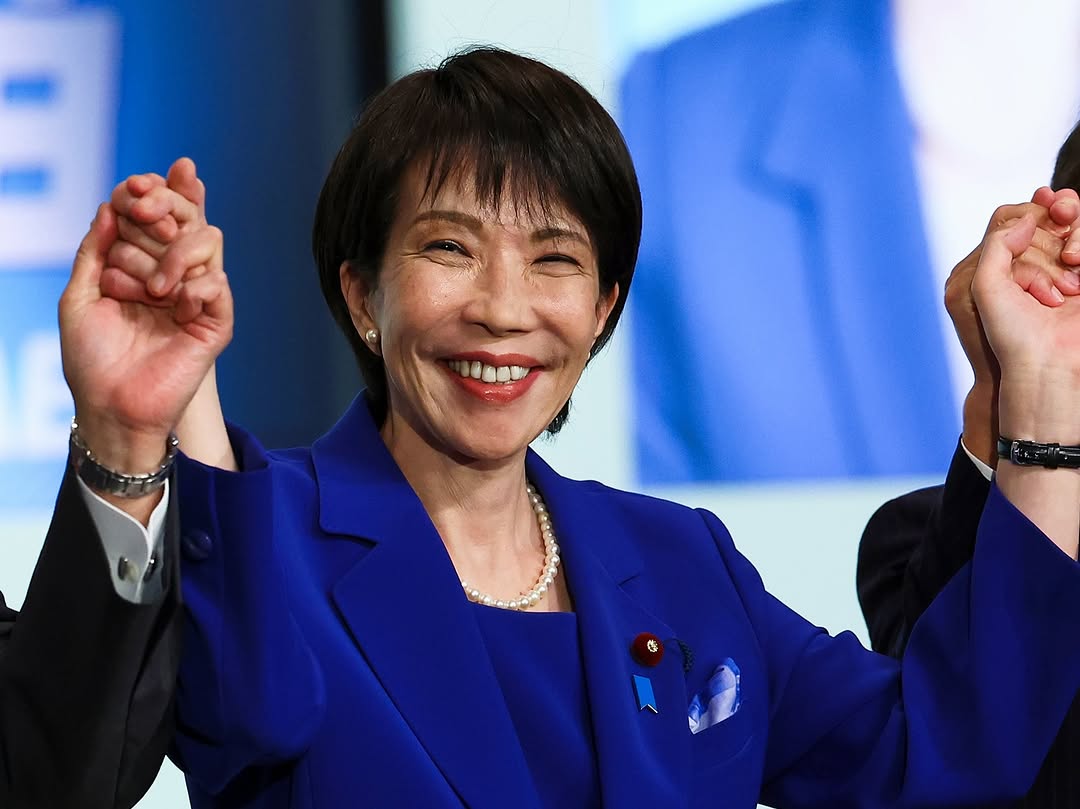Sanae Takaichi — Japan’s First Female Premier and the Context of Her Leadership
Who is Sanae Takaichi and What Is Her Political View?
Sanae Takaichi, elected on October 21 2025 as Japan’s first female Prime Minister, emerges as a figure who blends historic symbolism with sharp ideological commitments. She is a long-time member of the ruling Liberal Democratic Party (LDP), having served in roles such as Economic Security Minister and Interior Minister. According to Reuters, Takaichi is a “hard-line conservative and admirer of the late Prime Minister Shinzo Abe,” signalling both continuity and intensification of Japan’s conservative policy path.
Her policy stance includes support for constitutional revision to expand Japan’s military role, increased defense spending, and tighter immigration controls. Socially conservative positions, such as opposition to same-sex marriage and resisting dual surnames for married couples—mark her as part of the right-wing faction of the LDP. Economically, she favours stimulus, tax cuts and strategic fiscal spending rather than strict austerity, challenging traditional fiscal orthodoxy within her party.
What Was the Assassination of Tsuyoshi Inukai and Why Does It Still Matter?
Inukai Tsuyoshi, Prime Minister of Japan until his assassination on May 15 1932, was murdered during a coup attempt by young naval officers in what is called the “May 15 Incident.” Encyclopedia Britannica+1 Inukai’s killing signalled the collapse of civilian political control in pre-war Japan and the rise of militarism. Though more than ninety years old as a historical event, the assassination remains a cautionary symbol: it underlines how political legitimacy, security policy and institutional fragility intertwine in Japanese politics.
Linking the past to the present, Takaichi’s leadership—especially her emphasis on constitutional revision and national security—evokes the legacy of militarised decision-making and centralised authority that Inukai’s death helped to foreshadow.
Is Japan More Conservative or Liberal?
Japan’s political landscape is less easily categorised by Western standards. Broadly, the LDP remains centre-right and conservative, especially on issues of national defence, immigration and social policy. In this sense, Japan leans conservative.
Takaichi’s rise marks a further shift rightward: her nationalist, security-focused and socially traditional platform puts her at the hard-right end of the spectrum even within the LDP. Analysts note she reflects a “shift further to the right for the generally centre-conservative LDP.” TIME
However, Japan also displays liberal traits in other domains: widespread public support for social welfare, a strong rule of law, and democratic institutions. Thus, while the country’s ruling party may tilt conservative, the broader society retains liberal democratic norms.
Why Did Japan’s Prime Minister Get Assassinated?
The assassination of Inukai was driven by a lethal combination of ultranationalism, military resentment and economic crisis. The young naval officers who killed him were frustrated by civilian politicians’ attempts to restrain Japan’s army and navy, especially after treaties limiting naval capacity. They believed Japan needed a “Shōwa Restoration” under imperial rule, free from party politics and financial elites.
Though that occurred in 1932, the underlying themes, military influence, nationalist ideology and governance legitimacy—remain relevant today. For business leaders and investors in Japan, awareness of this historical thread adds depth to understanding Takaichi’s policy priorities and the potential risks of institutional stress.
What Should Business Leaders Read Into Takaichi’s Rise?
Takaichi’s premiership holds several implications for the business community:
-
Security-driven spending: Her nationalist agenda may accelerate defence procurement and infrastructure investment—sectors to watch.
-
Fiscal stimulus with risk: Her push for strategic fiscal expansion and tax cuts may boost short-term growth but raises questions about Japan’s heavy public debt. Reuters+1
-
Governance and diversity optics: As the first female Prime Minister, Takaichi’s symbolic breakthrough may elevate expectations around corporate diversity and female leadership—even if her policy record is socially conservative. TIME
-
Geopolitical tension: Her strong stance on Taiwan, China and constitutional revision may raise regional risk premia; companies with exposure to cross-border supply chains should monitor diplomatic dynamics.
Conclusion
Sanae Takaichi’s elevation to the top office in Japan represents both a historic milestone and a strategic inflection point. While she breaks a gender barrier, her policy agenda signals stronger conservatism, greater national-security focus and a potential shift in Japan’s economic trajectory. For executives and investors, understanding her ideology, the historical echoes of Japan’s past, and the interplay of politics and business is now more important than ever.














